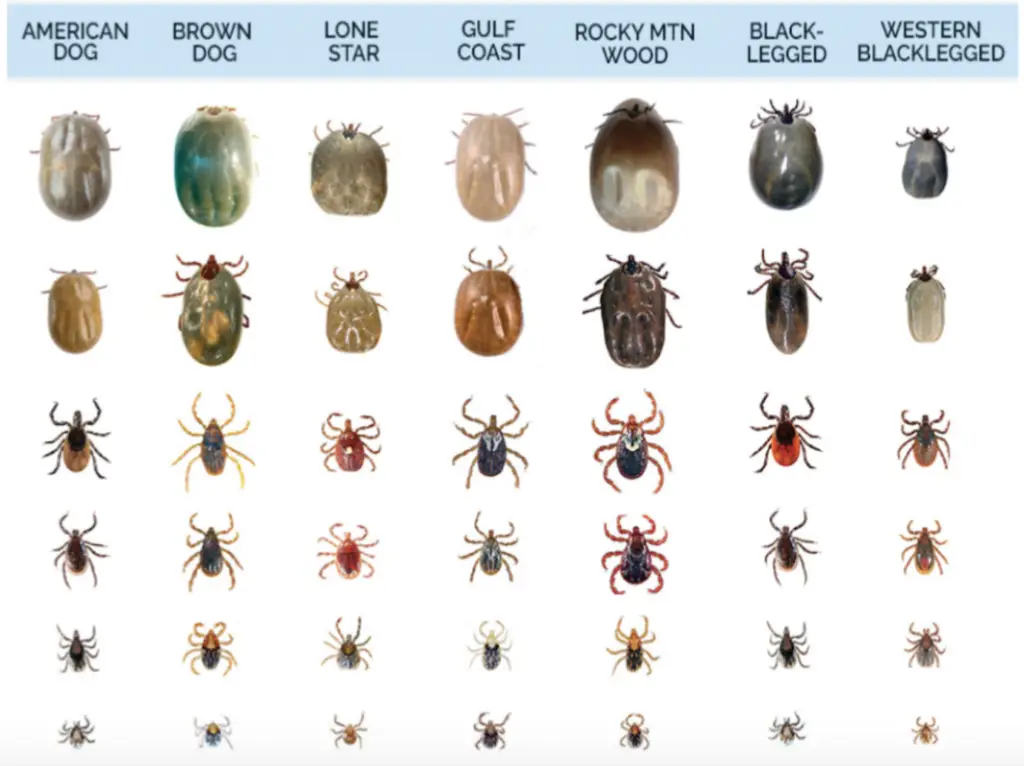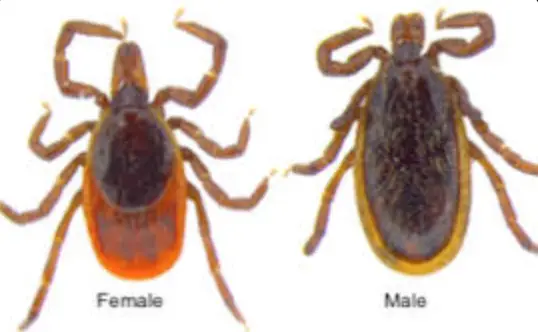Lawn tick control prevents ticks that love hanging out in places where you might not expect them. We’re talking about those overgrown patches of grass, the thick bushes around the edges, and that pile of leaves you’ve been meaning to rake up. All these spots offer ticks the perfect environment to thrive. They provide shade, moisture, and easy access to their favorite hosts — us and our pets.
It’s important to get a grip on the life cycle of ticks. They go through four stages: egg, larva, nymph, and adult. Each stage requires a host for feeding, and lawns often become their stomping grounds, especially when they reach the nymph and adult phases. Understanding where ticks hang out in your lawn can really help when you’re trying to bring those pesky little guys under control.
Now, why do they love lawns? Well, it’s all about the shade and protection that these spots offer. Whether it’s your furry friend playing outside or you out gardening, lawns give ticks a prime opportunity to hitch a ride.
Knowing where ticks hide is your first step in kicking them out of your yard. Be proactive: regularly mow your lawn, trim back the bushes, and clear out debris. This doesn’t just make your lawn look neat, it also disrupts tick habitats and reduces their hidey-holes.
Peak Tick Activity: When You Should Be on Alert
Ticks aren’t lurking and waiting to strike all year long; they have specific times when they’re most active and ready to cause trouble.

Spring and early summer are particularly problematic because ticks such as the black-legged tick, or deer tick, become most active. They love the warmth and humidity that these seasons bring. But don’t ignore them in fall when they’re searching for a final meal before winter.
Find When Ticks Are Active Your Region Here At Tick Encounter
Ticks might be tiny, but they’re pretty tough against the cold. During mild winters, they might still be active, especially if the sun’s out and the day warms up a bit.
Monitoring tick activity isn’t just for the warmer months. Keep an eye out whenever the temperatures hover above freezing as they can still be around looking for their next host.
Daily habits can help avoid those surprise encounters. Regularly check your pets after they’ve been outside, and try to stick to clear paths when walking through wooded or grassy areas.
By understanding when ticks are most active, you can take even better preventative measures and make informed decisions about when to treat your lawn or apply other protective measures.
Effective Strategies For Lawn Tick Control
Getting rid of ticks in your lawn isn’t as daunting as it sounds if you have the right strategies. Let’s explore some effective methods to tackle these persistent pests.
Chemical treatments, like insecticides, are a common choice for tick control. These can be powerful, but it’s crucial to follow instructions carefully to ensure safety for your family and pets. Applying these treatments during peak tick activity can maximize results.
For those leaning towards a more natural approach, consider diatomaceous earth or essential oils like cedarwood or eucalyptus. These options can deter ticks without introducing chemicals into your environment. They can be sprinkled or sprayed in tick-prone areas of your lawn.
Beyond products, professional lawn care services specialize in tick control and can offer tailored solutions for your yard. They bring expertise and resources that homeowners might not have, making them a worthwhile consideration if ticks become a serious problem.
Each method has its pros and cons, and what works best depends on your specific situation—consider your lawn size, tick severity, pet safety, and environmental concerns when choosing a strategy.
The key to effectively using any treatment is to follow a thorough application strategy. Consistent reapplication as advised and treating the right areas of your lawn makes a big difference, ensuring ticks are thoroughly hit and reducing their numbers significantly.
Implementing a Holistic Tick Prevention Strategy
A well-rounded approach is crucial when it comes to keeping ticks at bay. Combining various methods creates a robust defense against these unwelcome guests.
Start with regular inspections. Checking your yard thoroughly and often can help identify tick hotspots before they become a major problem. This is particularly important after any change in your yard’s environment, such as heavy rains or new landscaping.
Incorporate a mix of solutions for lawn tick control
Use chemical sprays where necessary, especially in heavily infested zones, while maintaining natural solutions for areas where pets and children play. This balance keeps ticks under control, while minimizing risks to non-target species.
Don’t underestimate the role of your community for lawn tick control
Informing neighbors about strategies that work for you can encourage them to adopt similar practices. A community-wide effort can magnify the impact of your individual preventive tactics, reducing the overall tick population in your neighborhood.
Regular communication with family members about tick checks and what to look out for can enhance the safety of everyone who uses your yard. Practical measures like wearing light-colored clothing to spot ticks easily and using personal tick repellents during outdoor activities are effective complements to yard maintenance.
Keeping a watchful eye on seasonal changes and adjusting your strategy accordingly will help maintain your yard as a safe, tick-free zone year-round. The goal is not just immediate extermination but establishing a long-term prevention plan that protects both humans and the environment.
Preventative Measures: Lawn Tick Control- Year-Round
Keeping ticks at bay isn’t just about reacting to a problem. It’s about maintaining an environment that discourages them from settling in your yard in the first place.
Start with routine lawn care. Regular mowing, trimming shrubs, and cleaning up leaf litter are crucial steps in preventing tick-friendly conditions. By keeping your lawn tidy, you remove the damp, dark places ticks love.
Landscaping plays a vital role too.
Creating a gravel or wood chip barrier between wooded areas and your lawn can deter ticks from entering. Ticks aren’t fond of crossing over these drier, open spaces.
Personal protective measures also make a difference. Wearing long sleeves, using repellent when working or playing outdoors, and checking yourself and pets after being outside help keep ticks from having an opportunity to bite.
Consider utilizing permaculture techniques to naturally repel ticks. Planting tick-repellent vegetation like lavender or sage can enhance your garden’s beauty while helping keep pests away.
Don’t forget about wildlife control. Reducing attractants for deer and rodents in your yard can minimize these tick-carriers from wandering in.
By taking these preventative steps, you don’t just reduce tick encounters; you contribute to a healthier, more enjoyable outdoor environment.
In Conclusion To The Best Lawn Tick Control
I hope you are able to better understand what ticks are and the dangers they can pose to both people and pets. If you have any questions about the information in this article, please leave a comment below so that we can do our best to help you.
If you have had your own experiences with ticks in your yard and would like to share your experience with others, hopefully your information can help others with their fight against ticks in their yards. Just leave it in the comments section to share with everyone.
Thank you for visiting Fleas B Gone, have a great day 🙂



